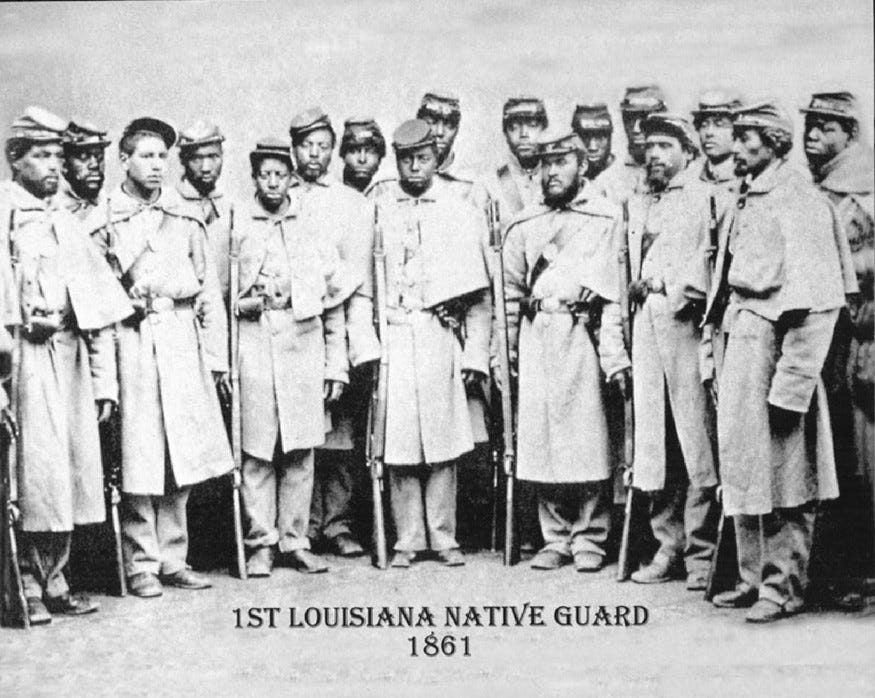The case for historical literacy
In an age of misinformation, media literacy and historical literacy are increasingly intertwined.

Media Literacy Week begins in the U.S. today, an appropriate time to revisit a piece on media literacy and historical literacy that I published a few years ago.
On the morning o…



